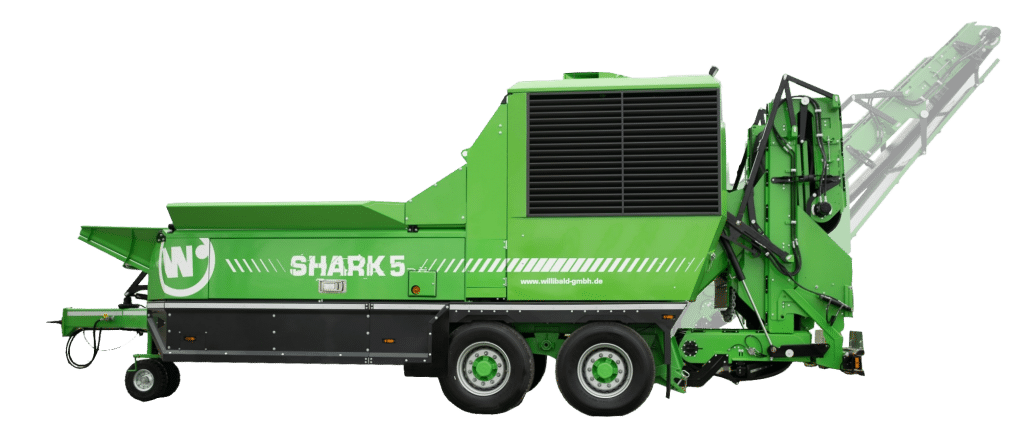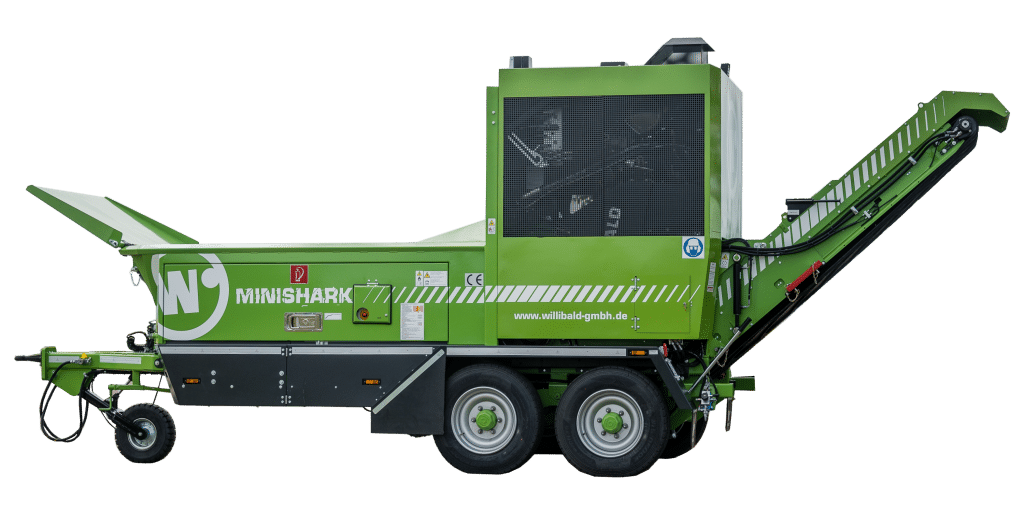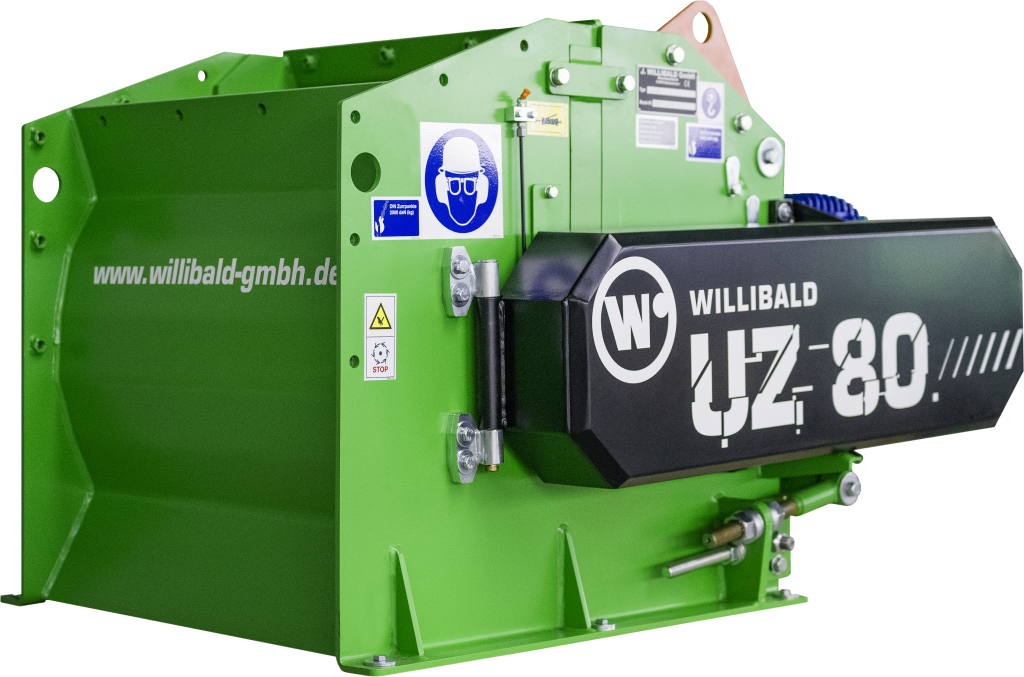Bark refers to all tissue outside the central cylinder on the plant stem and root of vascular plants. Bark is a by-product of all enterprises which remove bark from tree trunks. Approximately 4 million m³ of tree bark are produced annually in Germany in the course of wood utilization. Of this, 1 to 1.5 million m³ can be considered technically available.
Dried barks have good insulating properties and a higher fire resistance in comparison with wood. Their tannic acid content makes them relatively resistant to micro-organisms.
The outer areas of the bark, above all, are used frequently: Their abundance of tannic acid makes them an important tanning material. To acquire the tanning barks, the woods concerned (oak and acacia) are cultivated in tanbark forests. The saplings are only allowed to reach the age at which they supply the best bark.
Bark is used mainly for incineration to generate energy and as bark mulch; it is also turned into bark compost as a substitute for peat. Bark mulch and bark compost are produced from the tree bark by shredding, screening and, if necessary, composting. They are delivered to the end users loose or in sacks. Bark can also be mixed in with energy pellets but reduces their quality. Like cork, bark from different types of trees can also be used for various material applications. Appropriate solutions such as insulating boards, bulk insulating materials or decorative materials are currently under development.



